A Short Preview (Login to Access the Full Interview):
Farrell: “They seem to come out with these hot fusion announcements every time the market is in trouble.”
Fitts: “Right. Every time the dollar is falling, they need to prove that they can increase productivity, and it’s going to come through breakthrough energy.”
~ Dr. Joseph P. Farrell and Catherine Austin Fitts, 2nd Quarter 2023 Wrap Up, News Trends & Stories, Part I
By Catherine Austin Fitts
With the help of allies like Patrick Wood, the Solari Report has sounded the alarm about technocracy for many years, explaining that one of technocracy’s core features is central management of all resources, including energy. As the centralization push accelerates, the importance of understanding energy reality (as opposed to “official reality”) has become increasingly evident.
For that reason, I invited independent energy consultant and systems engineer Charlie Stephens to give Solari subscribers an overview of energy in the 21st century. In Part I, we consider various energy sources and the important concept of “energy return on investment” as well as unanswered questions about breakthrough energy.
In Part II, we dive further into the weaponization of environmental and climate concerns—and the monetary and fiscal policies that make that weaponization go. We also talk about the enormous energy costs of the control grid. Finally, we emphasize that our ability to shift from unproductive and destructive energy policies to something more positive and intelligent depends on a shift to lawful and transparent governance and regenerative agriculture.
Energy is a critical variable that shapes our day-to-day experience in a myriad of ways. Listening to these two interviews will help you navigate the flood of confusing debate and propaganda on this topic.
Money & Markets:
This is the last week of the month, so there is no Money & Markets. The next Money & Markets will publish on September 7. Post questions at the Money & Markets commentary here.



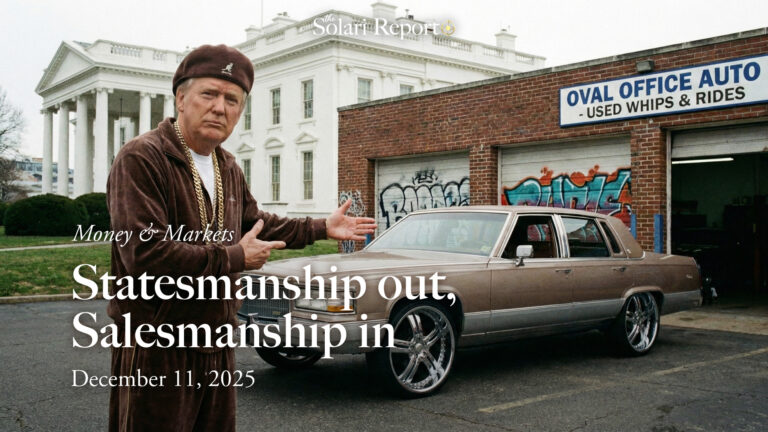


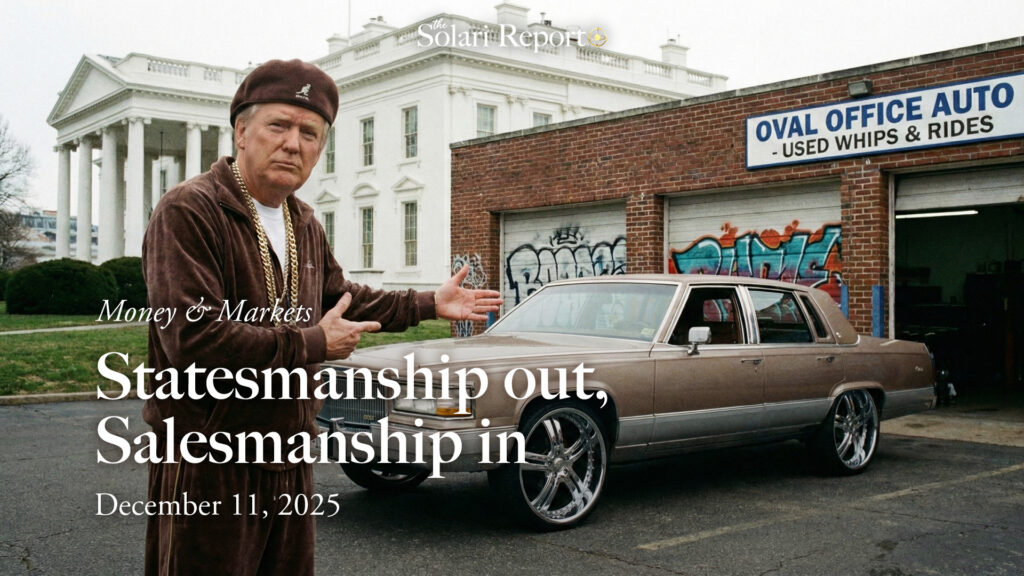








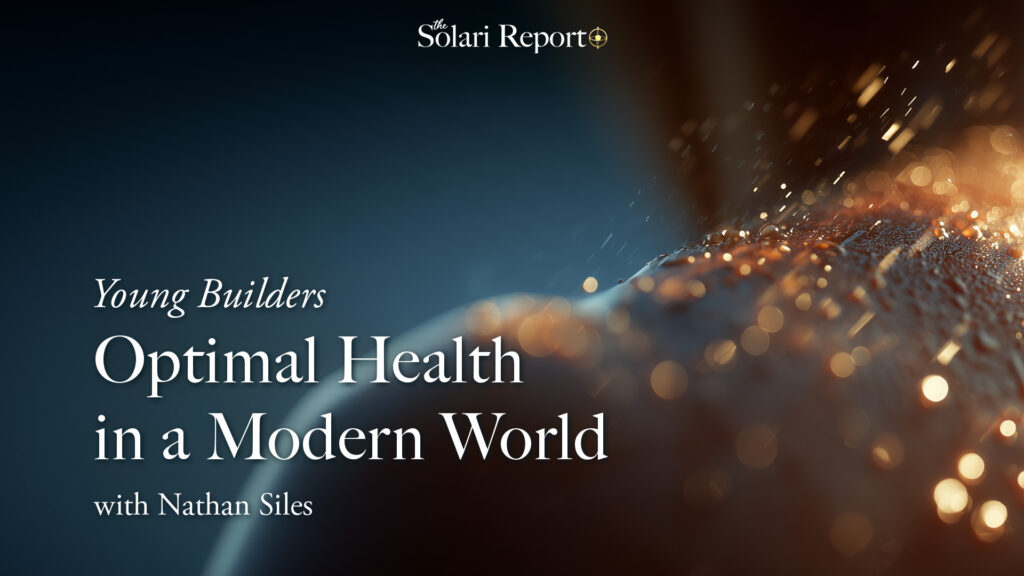
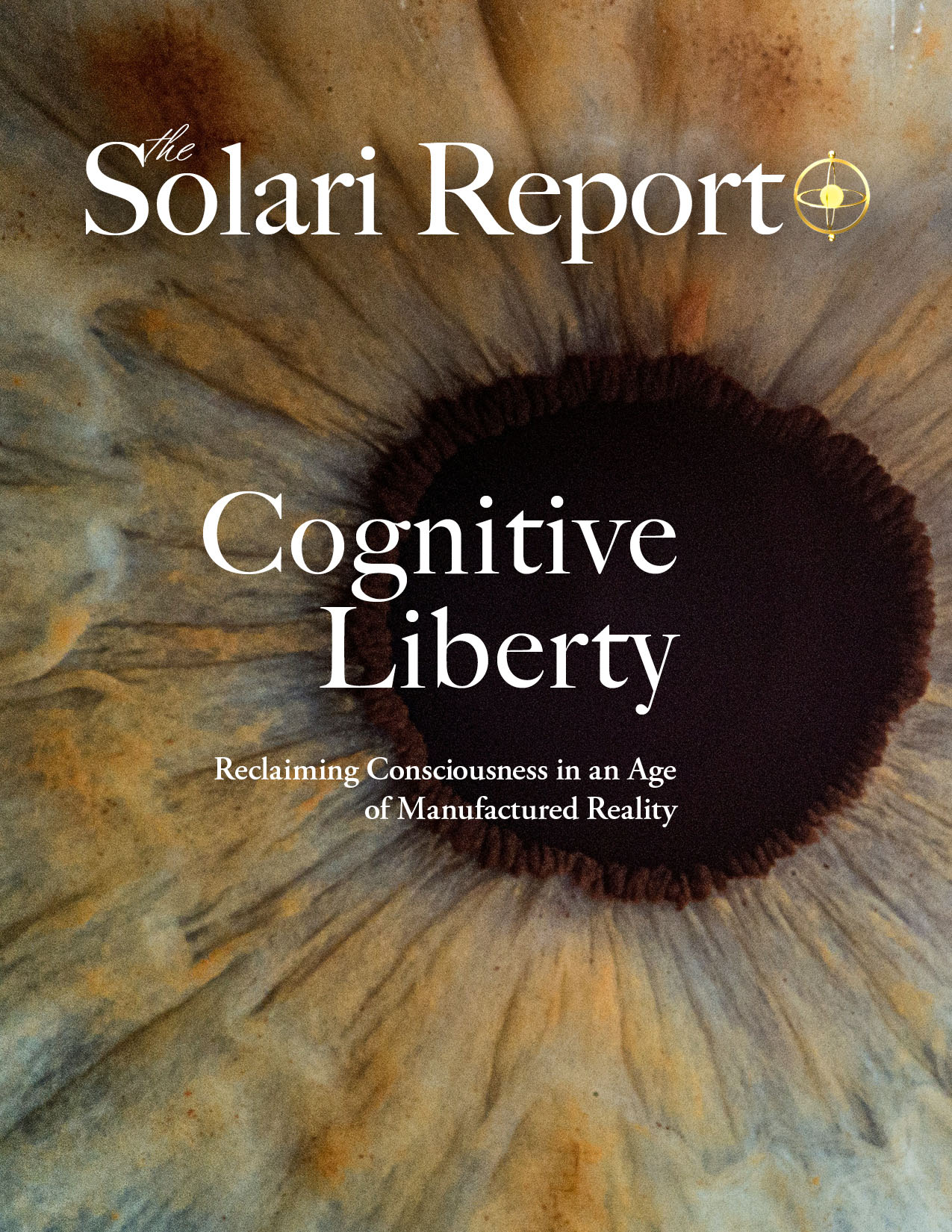



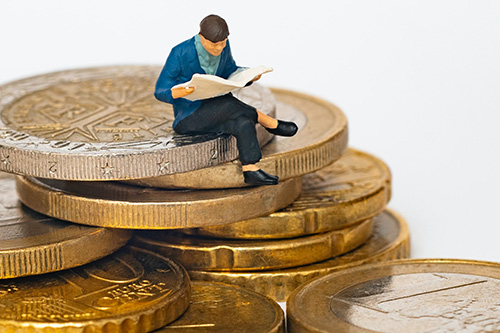












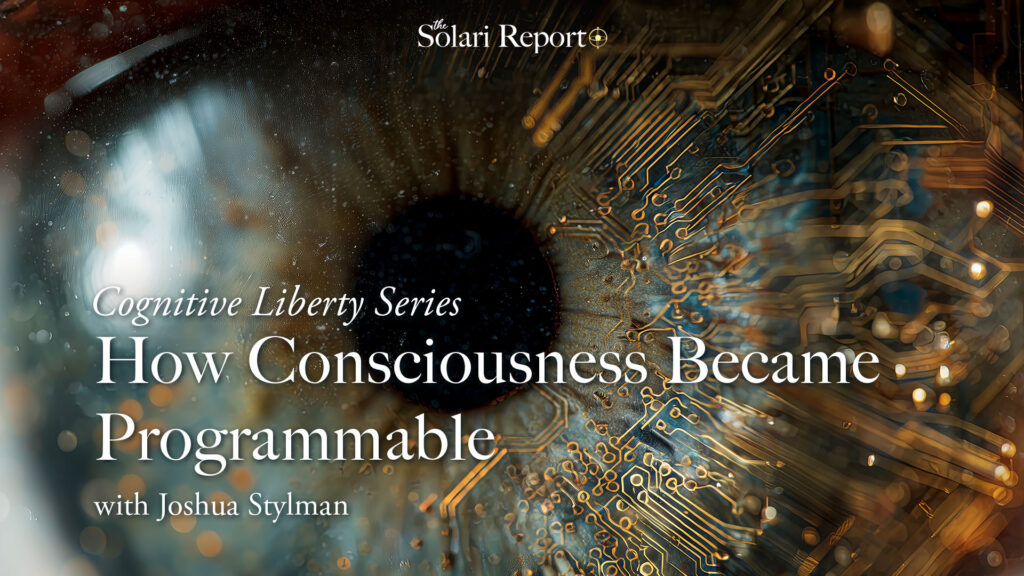



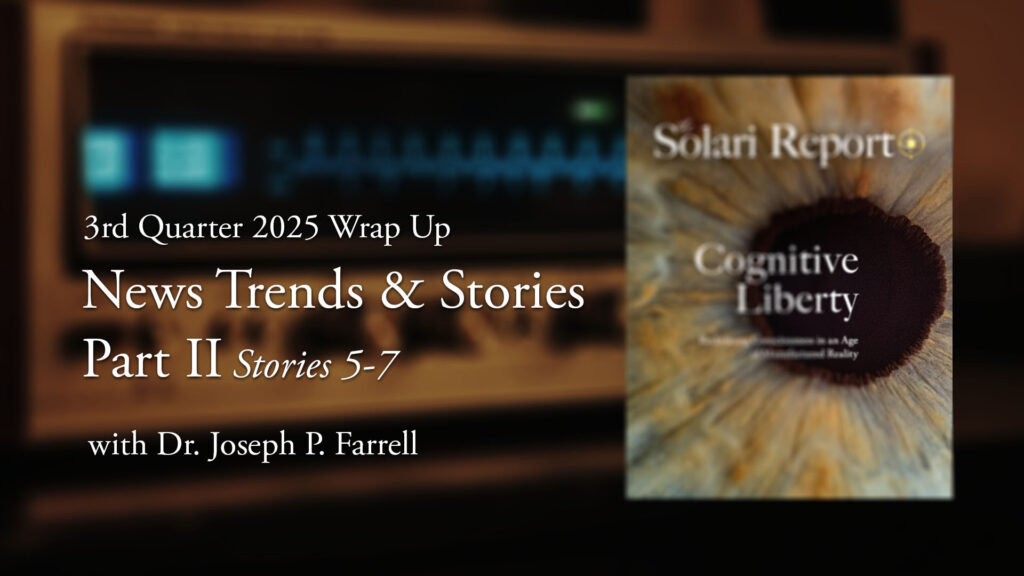
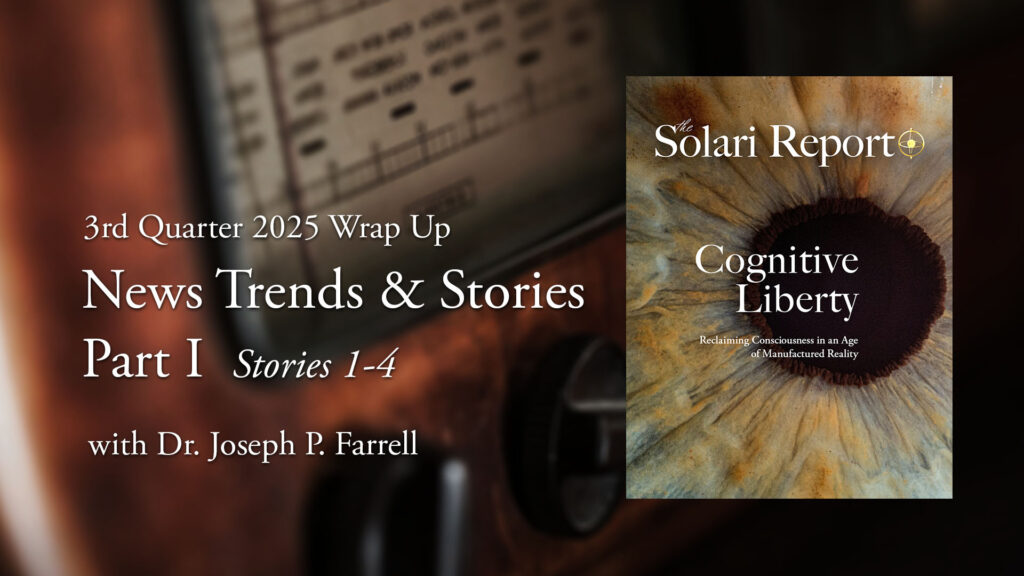
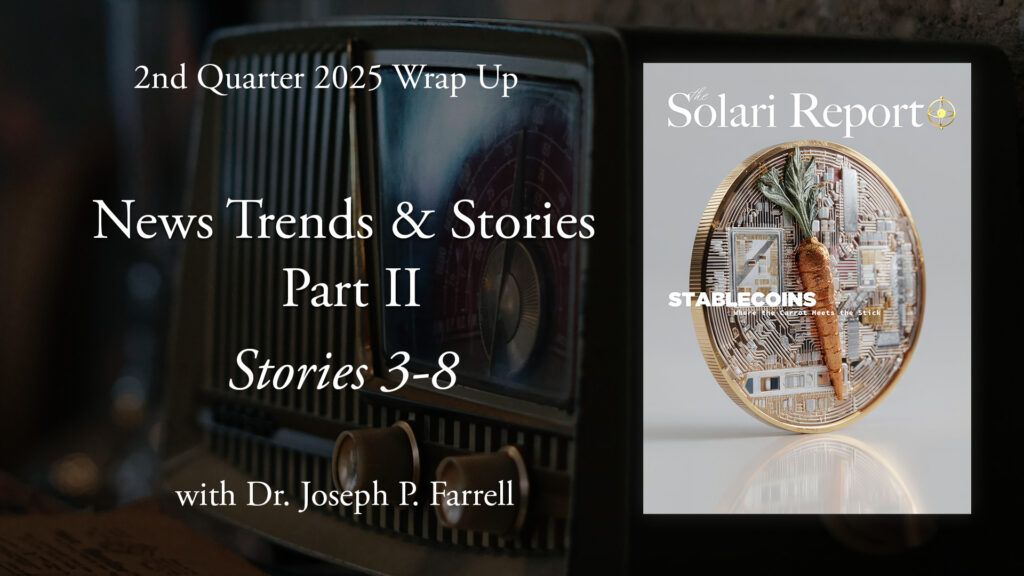

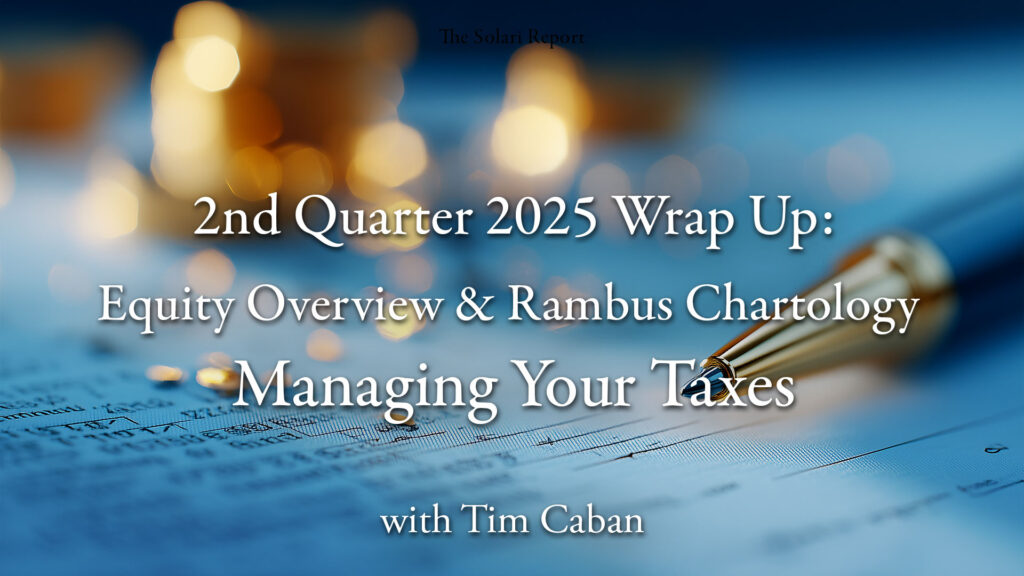
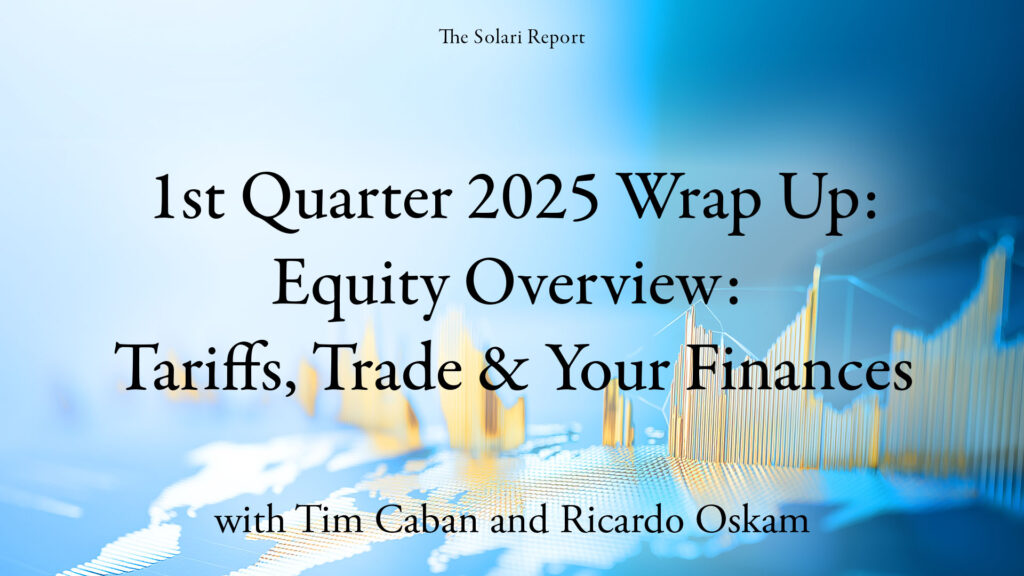



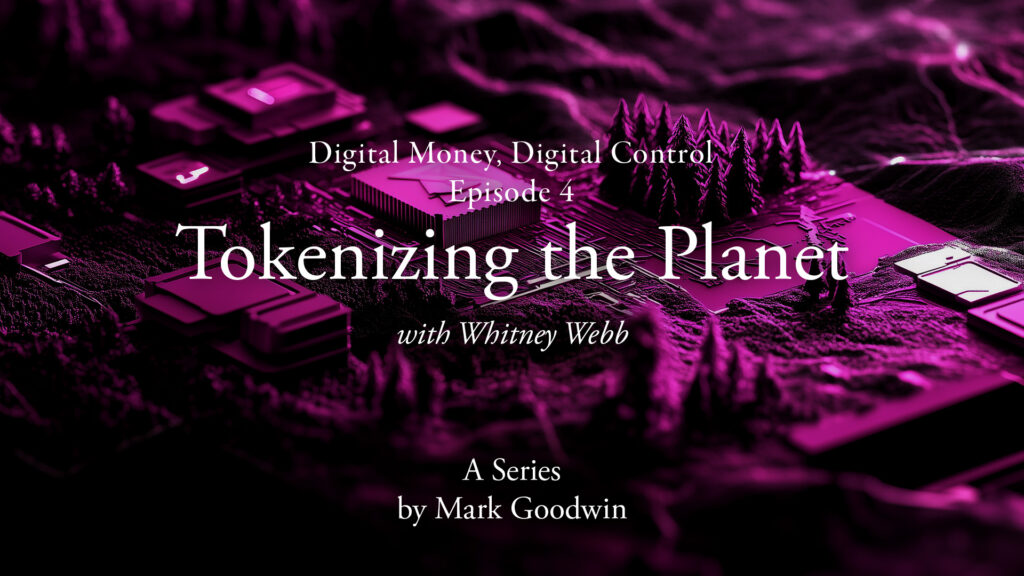
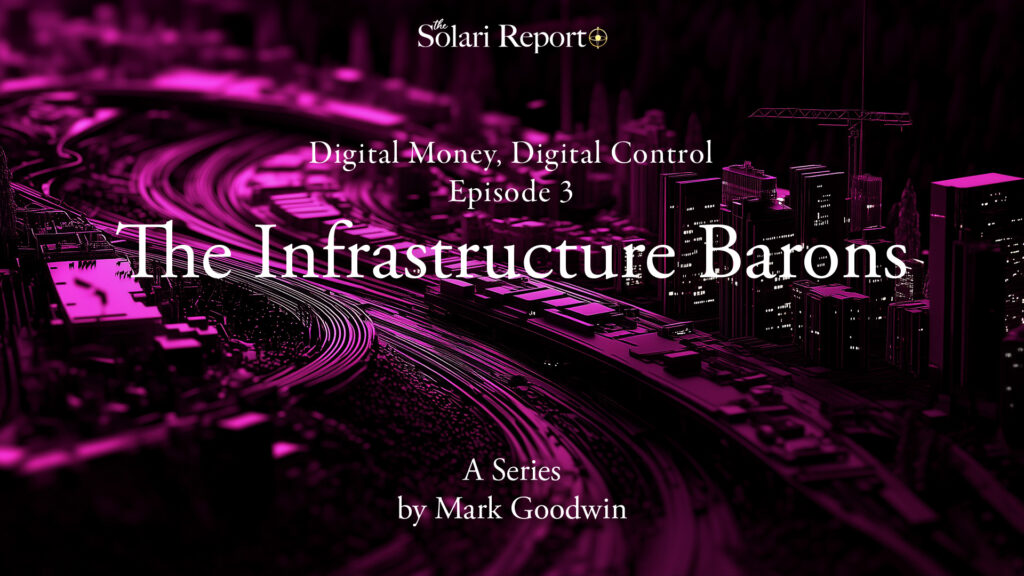
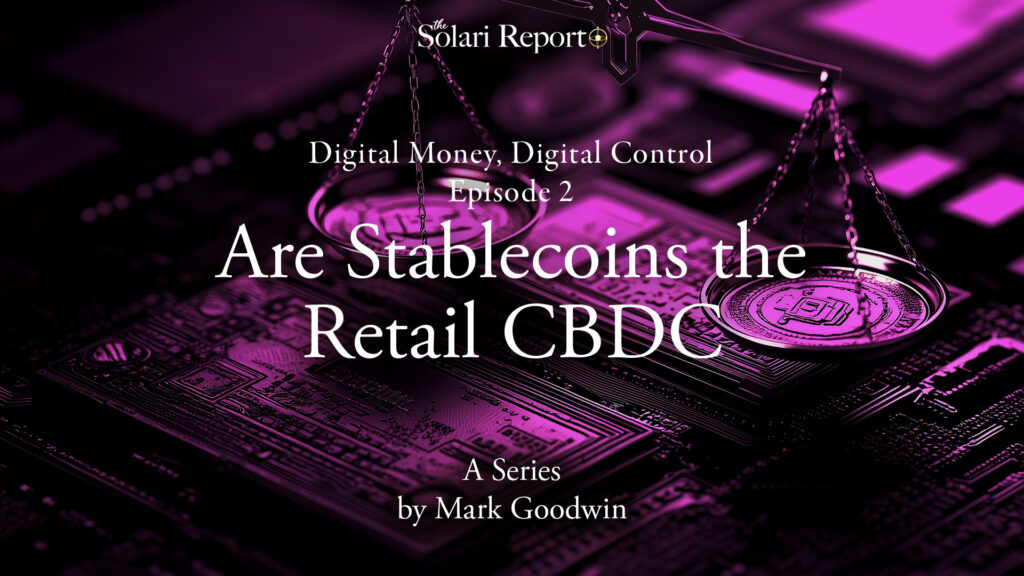
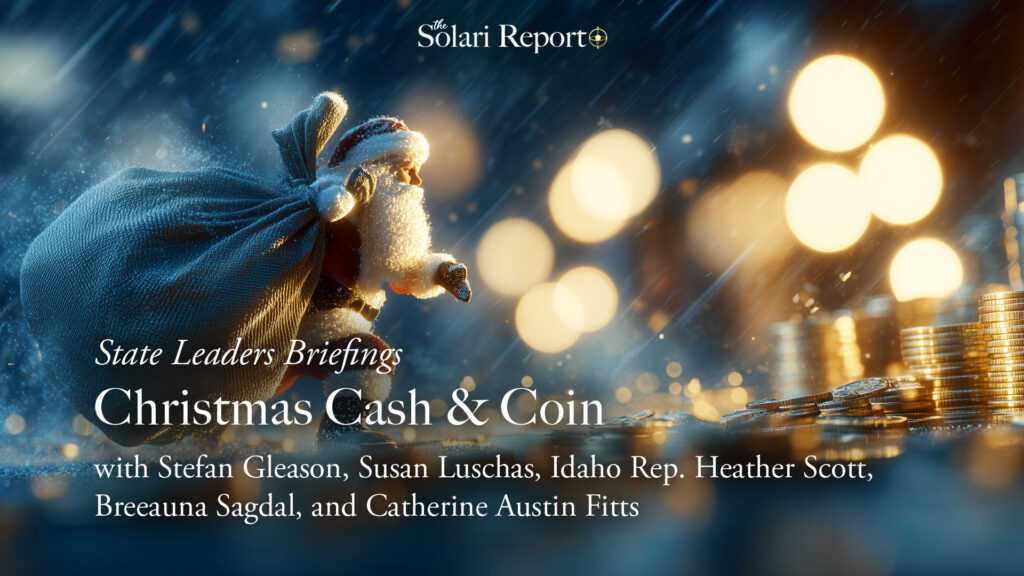
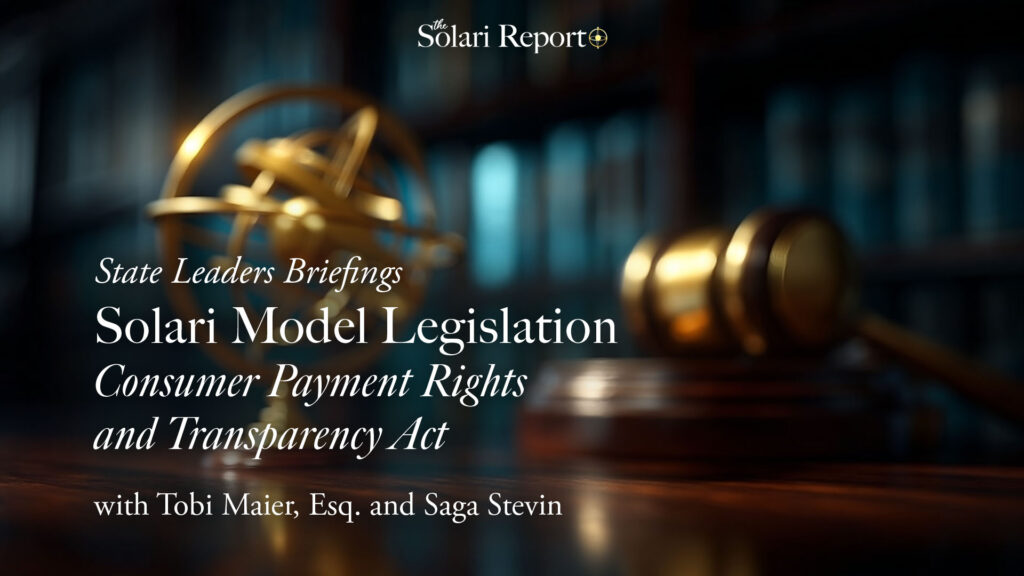



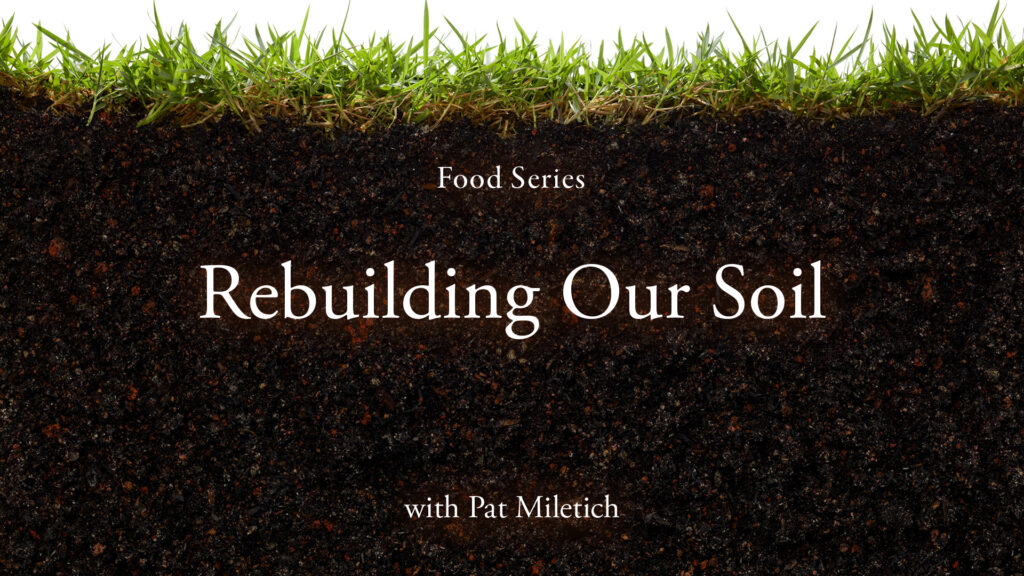



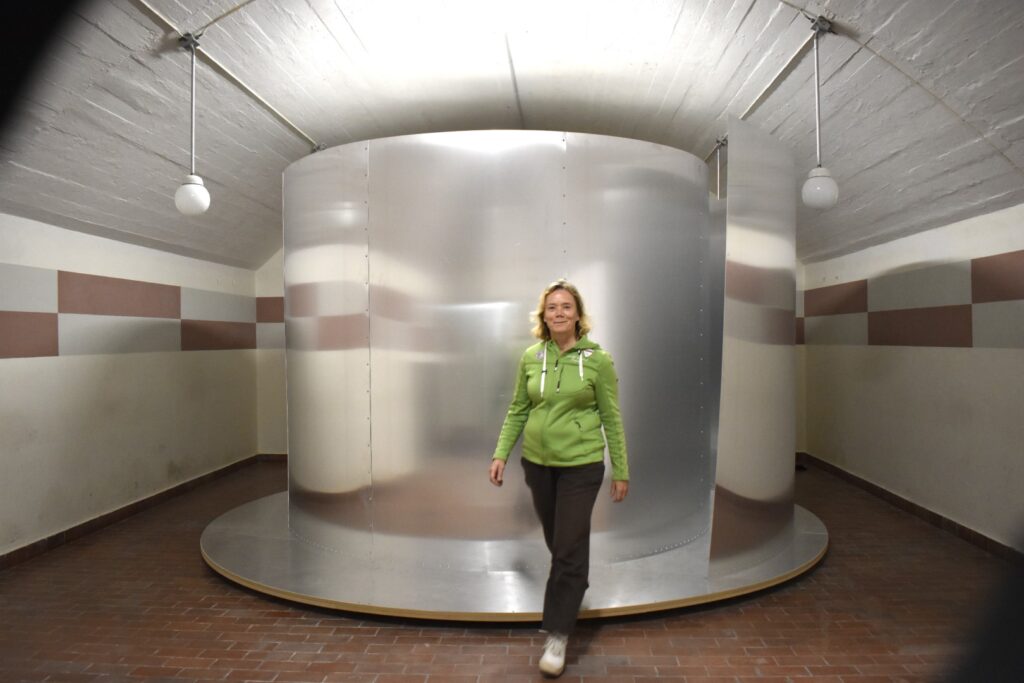


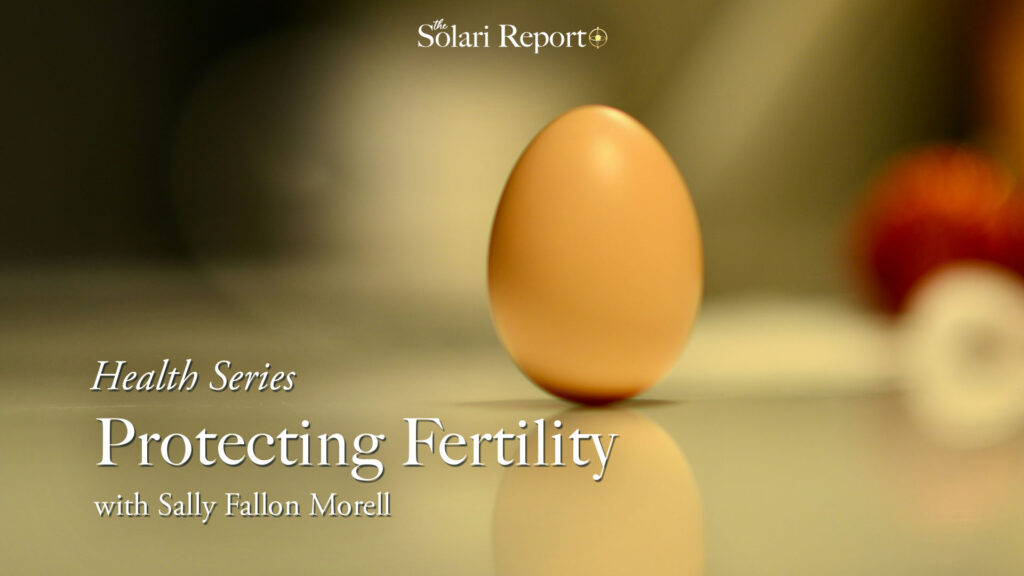



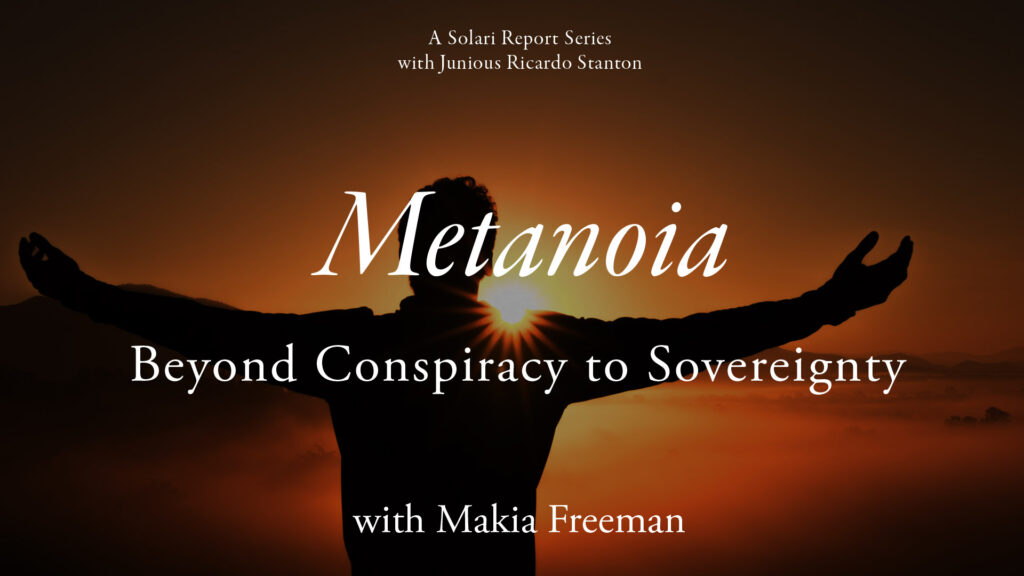
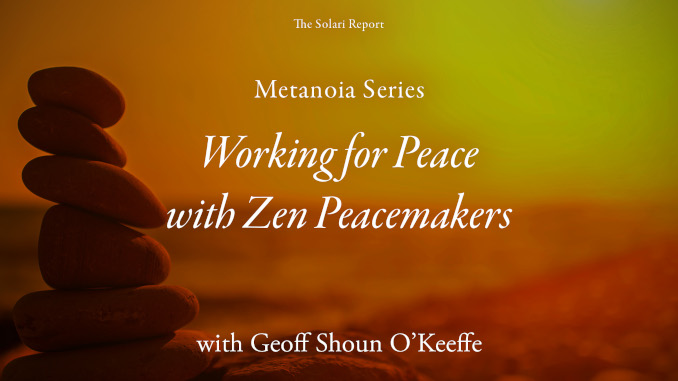
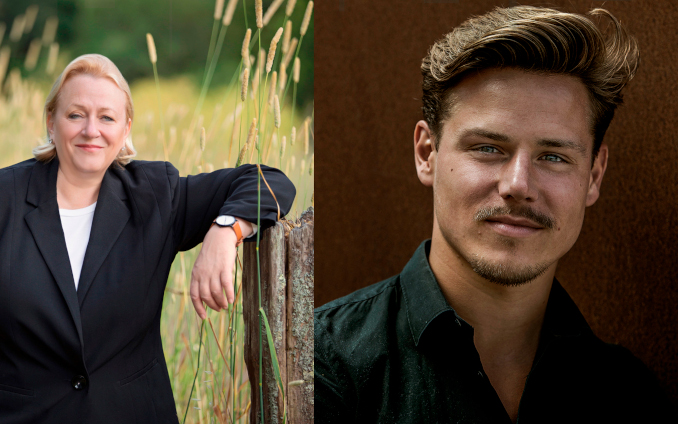



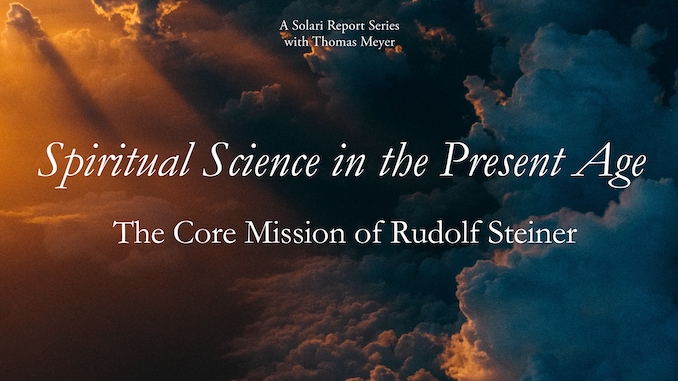


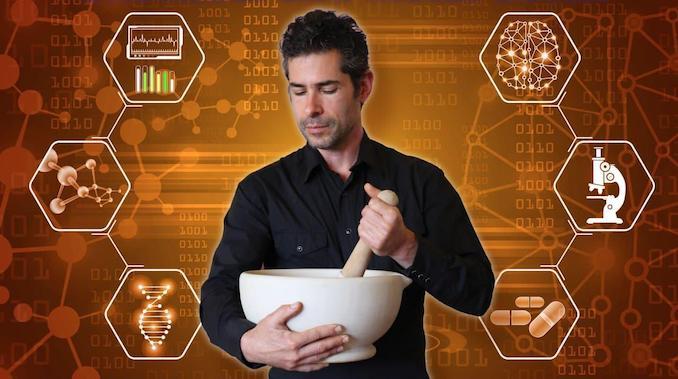
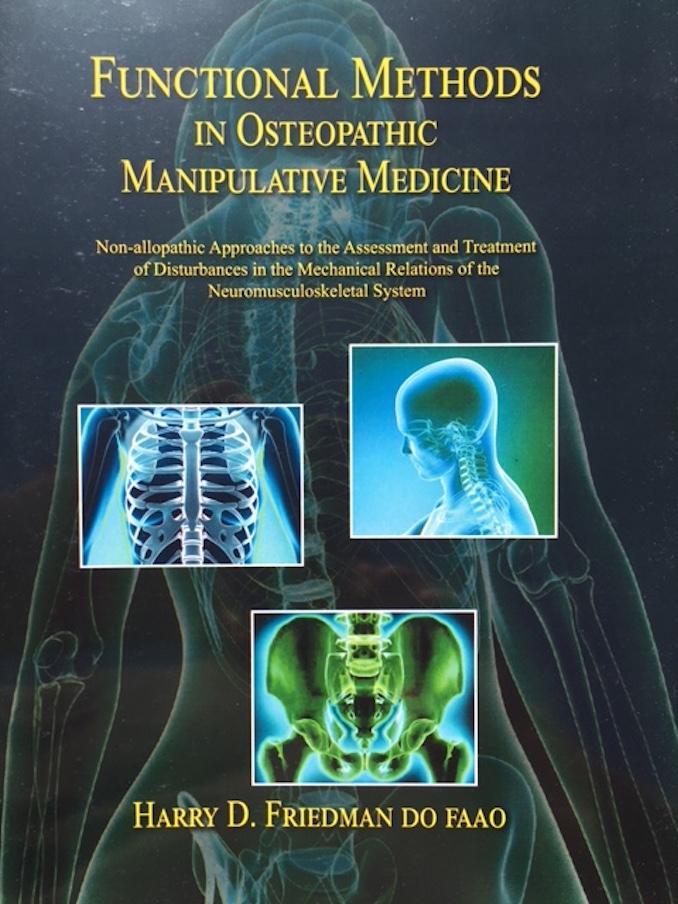










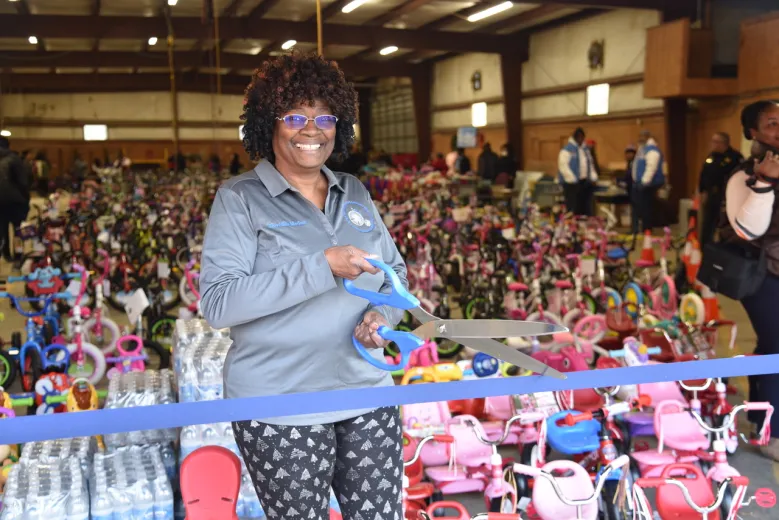



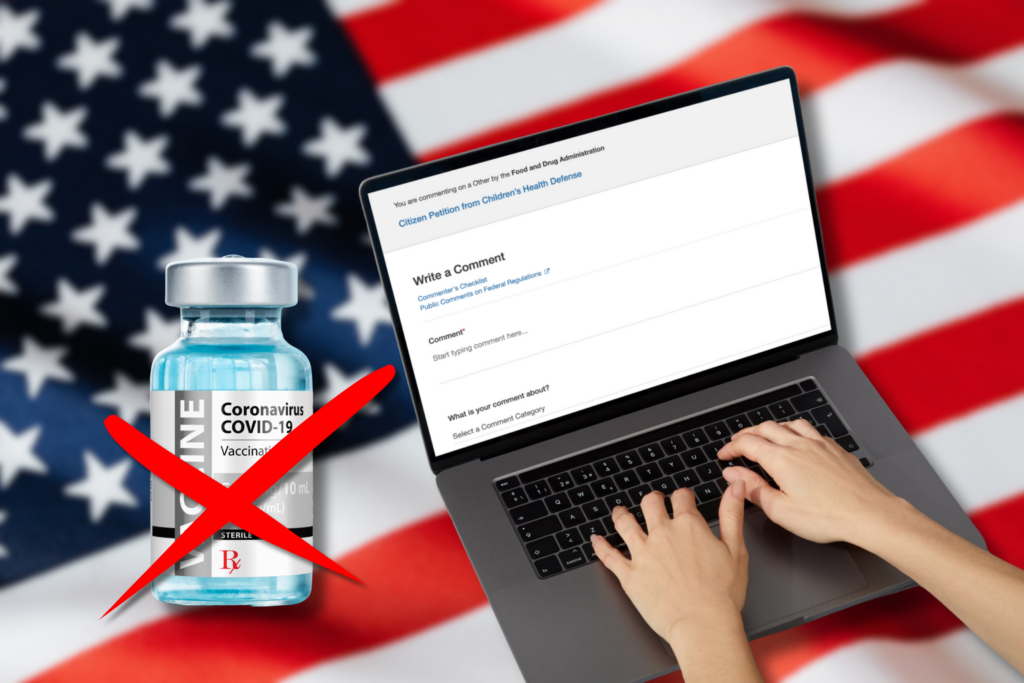






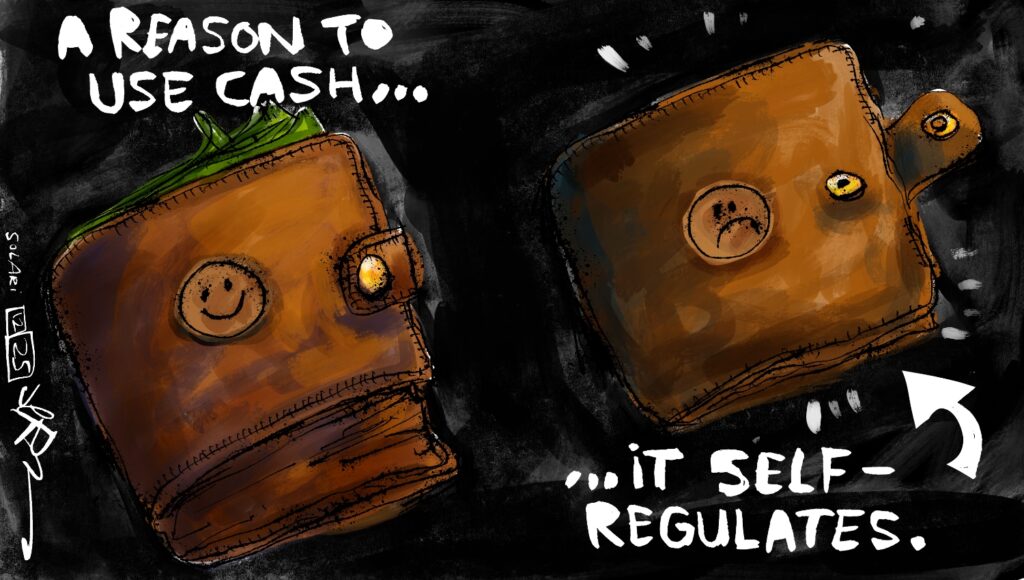


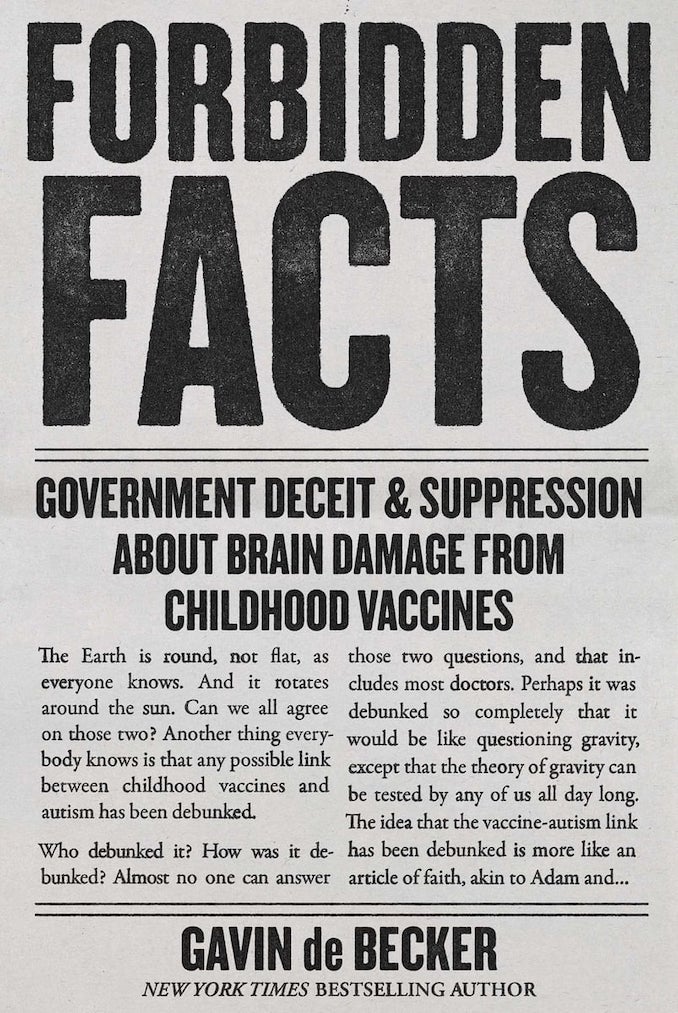

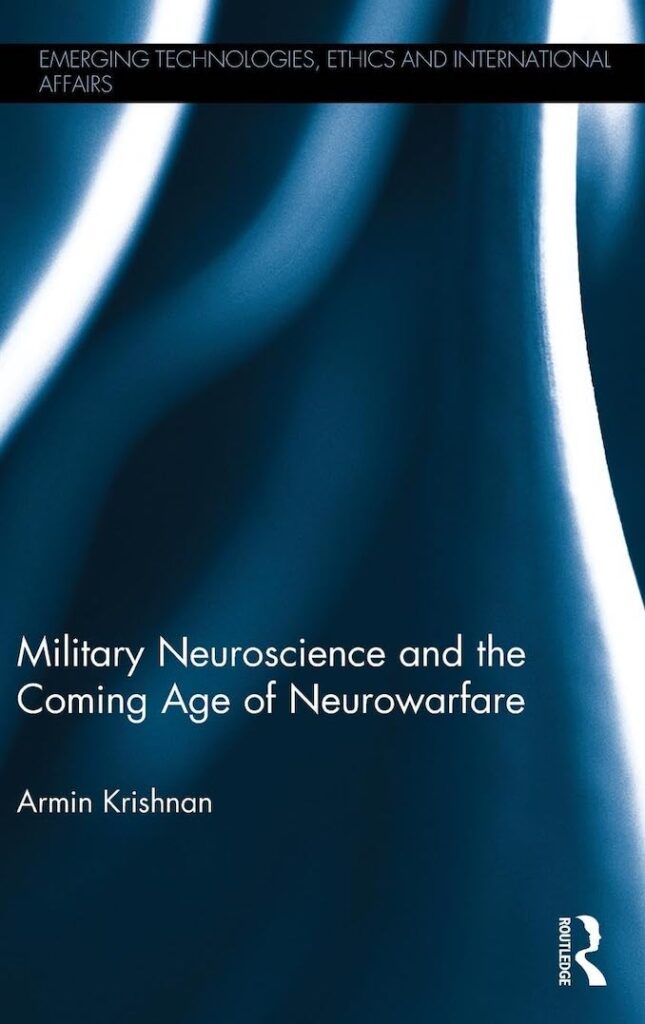










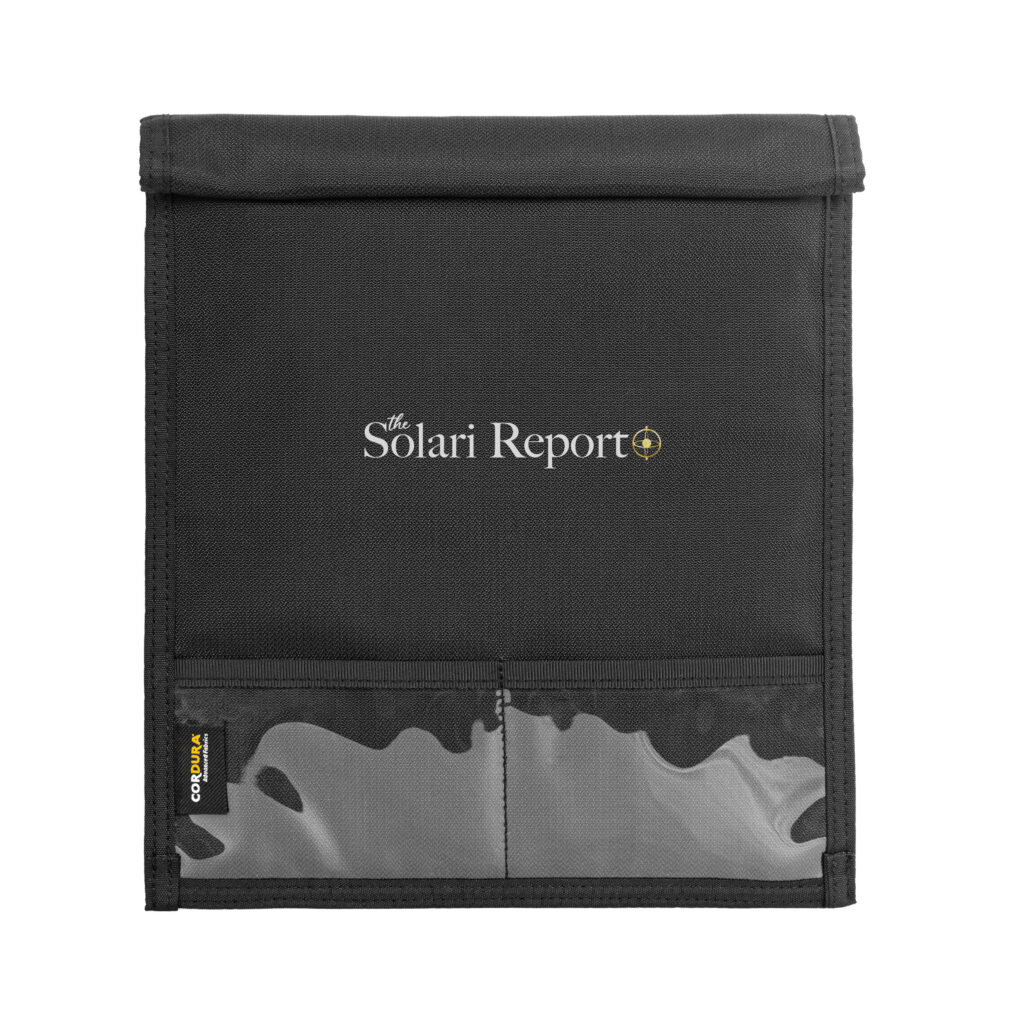
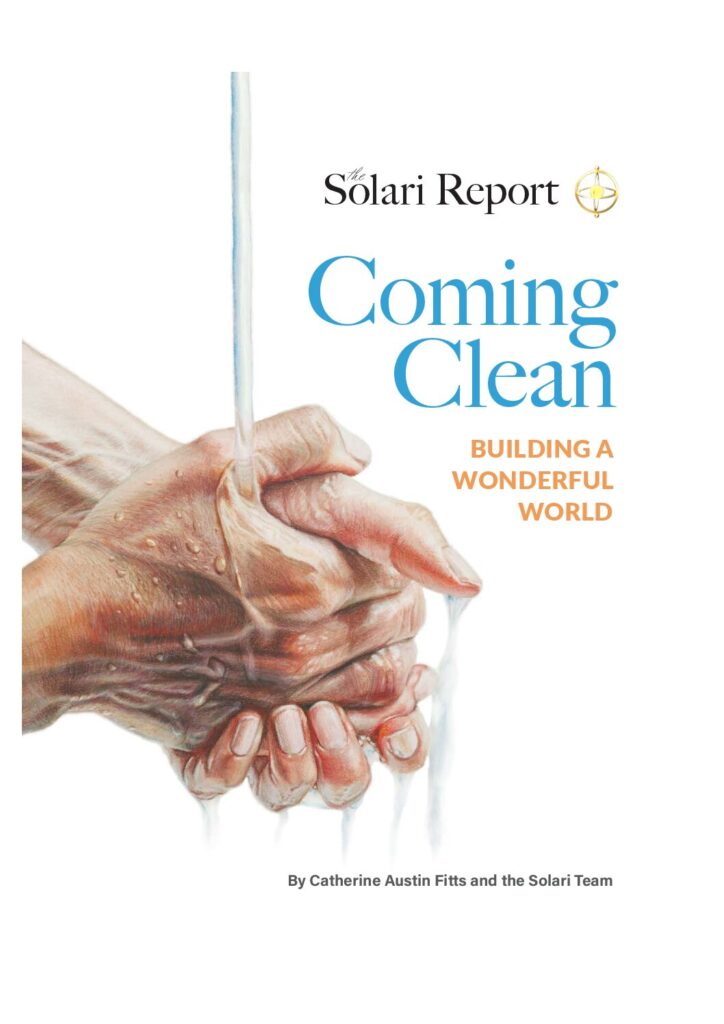

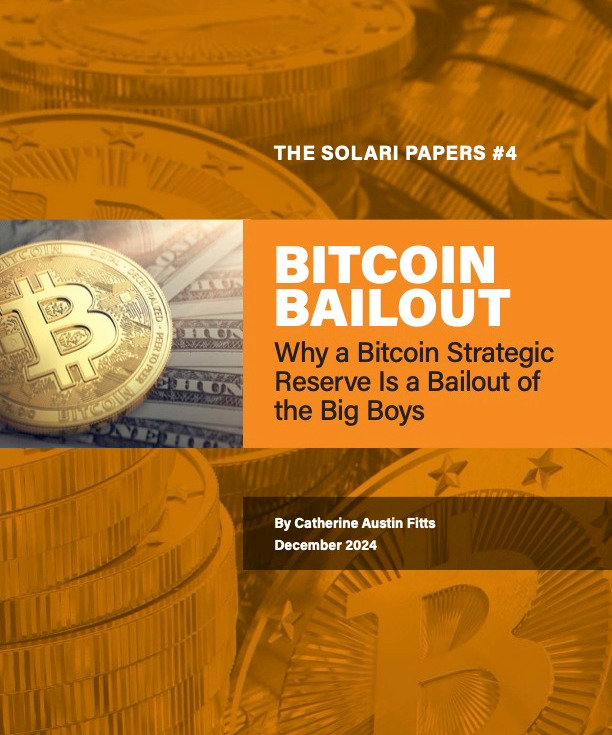
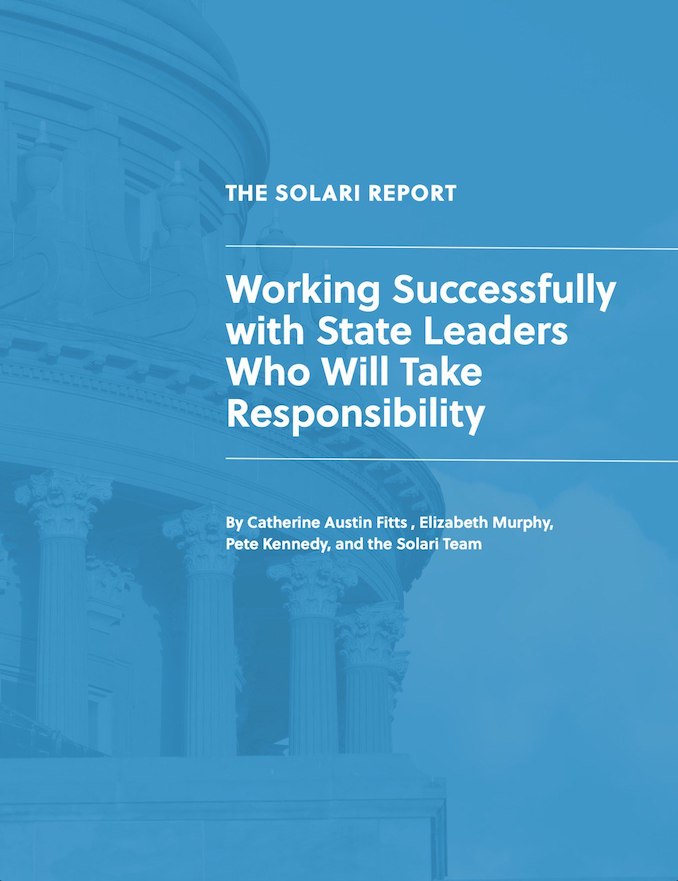
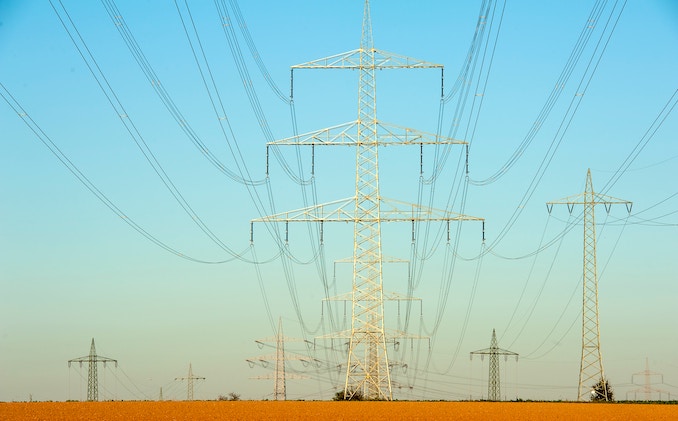

Sorry, maybe i have misunderstood … this guy believes the climate change narrative? The one where too many humans are the problem?
Nope. Where the current system is the problem – #1 is the rackets, etc. Need to listen to the whole thing.
Excellent. I will make fresh coffee, and listen again. I figured i must have missed something.
And I’ll be happy to have a conversation with you about anything you have questions about. Charlie
There have been some great guests and discussions on Solari Report over the years, but this one is top of the heap. I have learned more in this two part presentation than I have in any other single presentation possibly in my entire life. Thank you.
That’s really, really kind of you to say, Wayne. Thank you. I hope we’ll be having more conversations about related topics. My systems-based studies have covered a lot of ground over the last 50 years so there’s lots to talk about. And a lot of good, rewarding work to do in redesigning our societal systems!
Can you make this available to pass on to no subscribers?
Hi Charlie,
Perhaps you have some thoughts on the perspective that the Lahania, Maui “wild fires” and other recent fires in California and elsewhere are being started by directed energy weapons. If space based, these energy weapons are, is this evidence of zero point technology at work?
Eric Anderson
It’s timely of you to bring this up, Eric. After looking at all of the evidence, and looking at satellite images, including Lahaina and some time-lapse images that show the simultaneous ignition of dozens of the Canadian forest fires, I recently concluded that your suggestion here is highly likely true. I think zero point energy is the only energy source that could provide that much power for a compact, light-weight space-based weapons platform. Given that DoD and NASA have contracted out satellite launches to companies like Space X, we won’t be able to learn anything from a FOIA request, either. Some of my service colleagues and I were talking about these weapons when they were in development in the 1990s and some of us were less than enthusiastic about them. The potential for abuse is enormous.
Keep your ear to the ground over the next 4-6 months – not long from now, I believe we’ll be able to learn a lot more about the technologies and weapons that the Dark Side has been developing for about 60 years. If what I believe was done to Lahaina and Canada (and California) is true, it’s difficult to contemplate the depth and scope of the evil we’re facing.
https://youtu.be/1SeW7qYPC84?si=24RbDd3H1zPTcfn4
Charlie it occurs to me today, if it is a DEW, that Mr. Global has not unleashed this weaponry against the Russian soldiers occupying parts of Ukraine in Donetsk, Luhansk, Kherson, Mykolayiv, Zaporizhzhya and Crimea, or against Moscow herself. Such a weapon would undoubtedly turn the tide of the war in Ukraine, no doubt escalate a Russian military response against NATO and the United States as they would surely understand that the destruction came from space and was not a wildfire or other natural phenomenon. I recall that recently President Putin made a statement about Russia developing more advanced weapons, perhaps Maui and the other fires were signals to Russia (other world leaders) much like the dropping of “Little Boy” on Heroshima in 1945. A reexamination of Trump’s creation of a Space Force, in light of advanced DEWs is interesting also. I tell all my friends where the two parties agree or overlap in same way is where you can see hints of the “real” agenda. Example, Trump brings in Operation Warp Speed, Biden mandates and locks down. Trump brings creates Space Force, Biden uses space weaponry against domestic populations. Let’s not forget also that Obama was born in Hawaii, maybe he always dreamed of having an estate in Lahania!
Thank you Charlie. Summer last year, I was tasked by our school district superintendent with studying “green school buses”, a colleague sent me a video of an EV bus burning up in some city. Imagine the destructive capability of a DEW weapon sighted in on an EV school bus, or an electric vehicle parked in a garage. Wondering how many of the homes in Lahania had EV cars parked in their garage. If, as Catherine stated, the Lahania fire perfectly followed property lines, then the weapon is accurate and can pinpoint an “OnStar” system in a car, or your car insurance company’s beacon. By the way, I recommended to the super that we should retrofit the fluorescent lighting systems throughout the school district for the same capital spend as ten EV buses,
Charlie it was a pleasure to listen to your two discussions with Catherine. Looking forward to more. Your commentary is enlightening on many fronts. My father who was heavily involved in the automobile industry beginning in the 1950’s including the design and development of high performance internal combustion engines, always believed that thru advanced carburetion with the proper balance of air and clean fuels, that the internal combustion engine could run more efficiently and result in a lot less air pollution. He worked with alchohol fuel but also felt methanol would be clean & efficient as well. He was somewhat well know for his carburetor systems mechanical knowledge and expertise. He also believed hydrogen cell technology should be funded and furhter explored and that it held great promise though it never seemed to get the funding to evolve.
Personally, I was in the insurance business for over 25 years and after reviewing more than 5 or 6,000 policy contracts in my time they ALL contained exclusions for nuclear accident, thus proving your point that the general public totally, 100%, absorbed the liability for the Nuclear Industry. Be it personal, commercial, residential or business, there was NO insurance coverage for a loss related to this industry. So the industry was subsidized and exonerated of liability and was allowed to survive despite marginal profitability. The model was set, and the pharmaceutical companies moved it for ACT II of the game…you hit the nail on the head. Thanks for voicing these truths! Best to you!
Well thanks very much, Cathleen! It’s always great to have a professional in the field weigh in with confirming information.
Interesting that your dad was involved so early in internal combustion engine development. The 1950s and 60s were a period of rapid evolution in that technology, and many really good designs never made it to market (GM’s 1970s rotary radial engine was one of those, as were a number of carburetor innovations). The reason that hydrogen fuel cells never went anywhere, by the way, is because of EROEI – getting pure hydrogen for the fuel is incredibly energy-intensive, no matter how you do it. Thanks so much for weighing in on the conversation! Charlie
Aways amazes me what we learn when we look at the insurance contracts related to any issue. One of the First places to go to understand what is happening if the information is available. Often it is hard to get, so I appreciate your comment very much.
An additional tip is that it’s vital to assess, within all insuance contracts, what precludes coverage. With damage resulting from nuclear accident, the coverage is unavailable due to an exclusion. Those are the most iron clad aspects of ANY insurance contract and should be read first before anything else to determine what is NOT covered. With a coverage exclusion, there is no “buy back” option for coverage via an endorsement which is the process by which a insurance contract can be augmented if allowed by the insurance company and its underwriting team to provide coverage over and above the standard policy contract coverage.
To finalize, coverage exclusions are difficult to impossible to amend by endorsement, extending standard and available coverage to a piece of equipment or property is sometimes negotiable, if underwriters excluded coverage for it due to its location or prior a claim on said type of equipment…this, if approved, comes at a price!!
Charlie, what’s your opinion of abiotic oil generation? Many years ago…~30yrs…While visiting a large oil refinery to quote a hydraulic system upgrade, one of the oil engineers stated very matter of factly, that “fossil oil” is BS. The earth generates oil on an ongoing basis through abiotic process.
Well Michael, I’ve never come across any real evidence that this is true. I reckon the Earth is, in fact, producing oil continuously, but it’s a very slow process. The part of “oil” that we need to fuel the machinery it’s used in are the long-chain hydrocarbons that consist of nothing more than carbon and hydrogen – methane, ethane, propane, butane, pentane, hexane, etc. To produce those chains, you need the carbon and hydrogen building blocks, compressed tremendously, in the absence of oxygen (anaerobic). ALL of those building blocks on Earth are produced by photosynthesis, which is the only process we know of that reduces entropy. Every use of energy that humans engage in takes low-entropy fuel and creates high entropy waste, which is mostly dumped into one of our 3 major waste reservoirs – the air we breathe, the water we drink, and the land we inhabit. Plants take some of that waste (CO2) and through photosynthesis, using sunlight as input (from outside “the system”) to reduce entropy (rebuild the building blocks) and produce oxygen. This is just basic biophysics and chemistry. Even if the notion of abiotic oil production were true, what’s also true is that we’re using it far faster than it’s being produced. If that weren’t true, there’s no way we would be producing all of the incredibly low-EROEI “oil” that’s so difficult and expensive to get (tar sands, shale oil and gas, etc.) and so contaminated with toxic compounds that we certainly don’t want. And all for naught, because since the 1960s, a tiny handful of people know that we don’t really need most of the oil we’re using. But that’s another long conversation for another time. Charlie
Appreciate the thorough explanation. This is what I was thinking, that we were using faster than creating. Looking forward to your next session with Katherine!
Whilst I really enjoyed Part I, I’m afraid I found Part II and Part III a very difficult listen due to Charlie’s belief that human’s CO2 emissions have an impact on earth’s climate. I firmly believe that this is a racket being pushed by the banksters and which will be the core function of the control grid. Charlie’s belief that CO2 levels are historically very high is completely incorrect. For example CO2 levels during the carboniferous period were around 5,000ppm. CO2 levels of 420 ppm are actually historically very low and is presently a limiting factor to plant growth. The reality is that CO2 levels fluctuate in response to changes in the earth’s temperature with a lag of about 600-800 years. As the earth warms the oceans release CO2 and vice versa. The rise in CO2 levels today is a response to an increase in earth’s temperature during the medieval warm period and the correlation with increases in man’s CO2 emissions is not causation. Of all the CO2 emitted into the atmosphere by the planet, humans account for about 3% and the rest comes from natural processes but regardless the warming effect of CO2 in the atmosphere is very small and the reality is that there is no consensus on the science behind the theory. I would strongly urge you to discuss the theory of anthropogenic climate change with Dr Will Happer. It is so important to have your facts right with regards to this as climate change will be what they use to slam shut the gate on the corral with the “finacialisation of nature” as Iain Davis terms it. All life on earth depends on the carbon cycle and turning CO2 into the bogeyman enables the banksters to tax and control every aspect of our lives.
What I truly believe is going on and explains all of Mr. Global’s actions over the last 70 years, is that we are going through a magnetic excursion and pole shift which will temporarily decimate the magnetosphere and the ozone and cause devastating seismic and climatic events from moderate solar activity (I actually think they are spraying the sky to try to mitigate the effects of solar storms which will cause huge amounts of damage to the elecricity grid and technology). This is being caused by the solar system passing through the galactic current sheet which it does every 12,000 years and if the catastrophists are correct will culminate in a solar micronova causing the earth’s crust to unlock from the mantel causing the weight of the polar ice sheets to move to the equator. This is an end of times scenario they are preparing for and part of that process requires reducing the population and taking complete control of whoever they don’t manage to kill. Things will gradually get worse in terms of natural disasters in the lead up to the cataclysm and people’s behaviour will also be affected as the magnetic field deteriorates (They will “lose their civility” as prophesised in Revelations). If you want to learn more about this I can recommend this conversion on Rumble between Ben Davidson from Suspicious 0bservers and Jimmy Corsetti:
https://rumble.com/v3lvezz-suspicious-0bservers-and-bright-insight-livestream-ben-davidson-jimmy-corse.html
I think Catherine explained my concerns pretty well here. I’ve never had too much of an inclination to study cosmic-scale calamities over which we have little or no control. While they’re interesting to ponder, my sense is that the current crop of psychopathic and sociopathic humans who are running the planet these last many decades have the capacity and power to obliterate human civilization long before the impacts of whatever cosmic events actually come to pass. In my current understanding, human science doesn’t even actually understand exactly where our solar system resides in our galaxy (i.e., the current dogma is incorrect), and so it would be difficult to predict how our solar system will experience the passage of time as the universe evolves, and what impacts it will have on the magnetosphere, the Earth’s mantle, or any other global physical phenomena.
Which means I’m simply focused on actions that would extend human societies long enough to find out how all of the cosmic forces may play out. It’s my opinion that if we, collectively as a human species, don’t wrest control of our destiny from the vicious thugs who have been running things on this planet pretty much since the British East India Company geared up into full operation, none of the rest of these debates will matter much. Charlie
Rick:
Whenever Dr. Farrell and I review the Unanswered Questions, I always conclude this is one of the most likely theories to explain what is happening. Dr. Skidmore has spent quite a lot of time looking into the 12,000 year cycle. I have spent countless hours trying to find information on the magnetosphere and its deterioriation. Other than Ben’s work. So I am glad you posted.
When I talk to Charlie, he believes that if we address the problems and solutions we discuss, the man-made problems, whatever they are, go away. To me the UAQ of geophysical risks are one of the big elephants in the room.
Thanks for your reply Catherine and I will try to take a look into Dr Skidmore’s research. Something that is quite telling in my mind is how unadvanced human civilisation has been until relatively recently. If you consider how primitive society was just 2000 years ago compared to the advances that have been made in the last 100 years, this does not fit with a human evolutionary timeline of hundreds of thousands of years. I also recently read The Death Star Giza Revisited and it is abundantly clear from Farrell’s research that extremely advanced civilisations have come and gone before us and that the truth is being concealed from 99% of the population which is understandable as the powers that be would lose complete control if it became common knowledge. Their ability to inherit the next age of man relies entirely on their own secret preparations for the cataclysm, but I think God may have other plans for them…
Rick:
This is why I find the Three Body Problem so relevant in thinking about the natural disaster cycles. This coming and going of advanced civilization is baffling.
Catherine